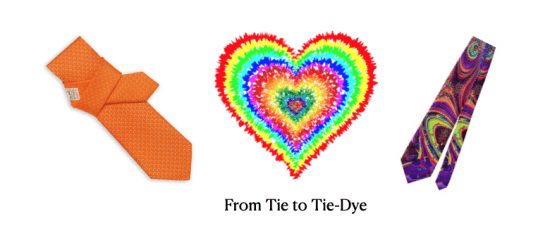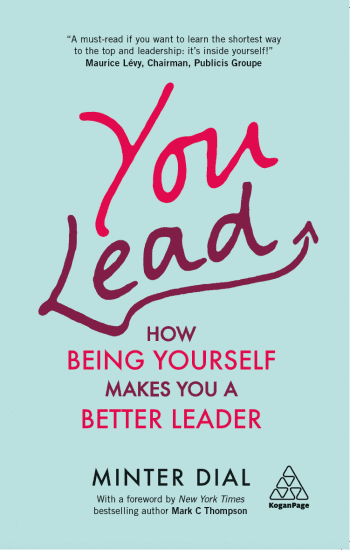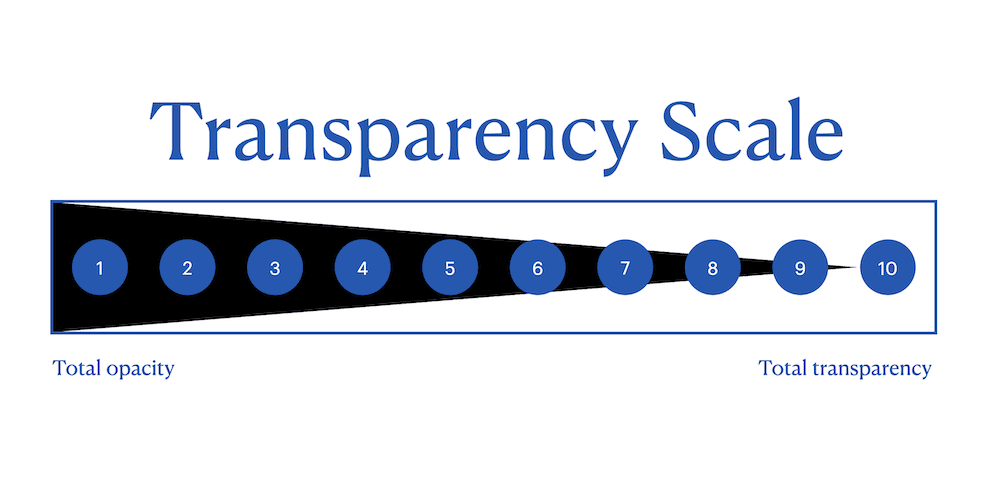If So, How Much of You Should You Bring?
How comfortable do you feel about the concept of transparency? I know there are times I struggle with trying to find the right level of transparency in certain situations. You know the expression TMI*, right?
In my new book, I write about the journey I embarked on to bring my whole self to work. I am fully committed to the need to bring my whole self to work because I believe it will make me a better leader and also help stoke my internal energies. But transparency is a vast and abstract concept. Just how much of you should you bring? If not full transparency, then how much? These are regular questions I receive. It’s almost as if there were a scale of transparency and we could all just turn up the dial at will? But to pretend that we should avoid transparency and always only present a perfect image at work is as preposterous as to pretend that we are always happy and will never die.
To be CLEAR, though, the answer is nuanced and depends on the context. The key is figuring out how shifting your level of transparency will impact your trustworthiness and authenticity.
The key is figuring out how shifting your level of transparency will impact your trustworthiness and authenticity.#transparency #trust #authenticity Click To TweetTransparency isn’t for everyone
There are those who are plum against the notion of transparency. And, in fairness, not everyone wants or needs to be more transparent. Some jobs in fact require opacity (to wit: espionage). There are times when asymmetry in transparency levels is plausible. For example, it’s usually better when a patient reveals all to a doctor, while the doctor doesn’t necessarily need to say everything in return. Further, many people are not convinced that there’s room for one’s personal life at work. You’ll hear advice from them never to bring your personal problems to the office; and definitely not your political opinions nor your religious beliefs. And again, it may well be good counsel not to bring hot button topics to work if the culture doesn’t accept such.

Then there are those who feel that there is beauty in mystery and/or that there is danger in over-exposure. And in certain contexts, I can fully agree. Intrigue and mystery can be tantalizing, even engaging. Bottom line: You don’t want to force transparency.
Radical transparency?
Meanwhile, at the other end of the scale, you can get calls for total or radical transparency. But that’s not for everyone. In fact, I think it is for very few. Especially to the extent that one really ever knows oneself, what is the version of oneself that we are being transparent about?
Nuanced transparency
I think the more pragmatic solution — that is more realistic and acceptable — is to evaluate how and where more transparency will be mutually beneficial. Outside of the notion that being open and authentic will tend to garner more trust, for me transparency is also about knowing myself better. If you know your limits, the bounds of your secret garden and why they are to be kept under wraps, you’re being honest with yourself. And that’s a good place to be. But if you’re keeping all your personal matters close to your chest, you may struggle to gain trust with your colleagues. The smokescreen we put up can come from any number of reasons — such as uncertainty, a lack of confidence or a sense of duty — that are generally shaped by our experiences. And, to the extent this is your experience, you are operating appropriately. Yet, there’s always room for evolution if you allow it. It’s not because you have a secret garden that you can’t reveal other personal elements in your life.
It's not because you have a secret garden that you can't reveal other personal elements in your life.#transparency #leadership Click To TweetFrom Tie to Tie-Dye!

In my own personal journey, when I was a senior executive at L’Oréal (especially during the first decade anyway), I was often found wearing a tie, more or less corporate, granted. By night, though, I could be found wearing a tie-dye as I shook my bones listening to my favorite band, The Grateful Dead. Hardly corporate or compatible with the environment at work. Yet, it became dreadfully clear to me that I needed to unite these two versions of me. Without doing so, I was obviously only bringing a portion of me to work. It’s how and why I say that I went from tie to tie-dye.
When we come with good intentions, show up and are able to let others around you see you as you are, the effects are powerful. You’ll feel energized. You’ll feel connected to yourself. And, importantly, those around you will also feel more connected to you. But, as I say, it’s a nuanced journey.
▶ How and when can you inject more transparency into your work life?

If you enjoyed this post, you may like my new book, You Lead, How Being Yourself Makes You A Better Leader (by Kogan Page). Click to order your copy on Amazon or other fine e-tailers!
*Too Much Information
SURVEY TIME!
**Interested in the topic of transparency? I have a survey that I’d love for you to fill in. Takes less than 5 minutes on average to complete. See here on SurveyMonkey.
***If you like my writing and are interested in fostering more meaningful conversations in our society, please check out my Dialogos Substack. This newsletter will feature articles on why and how we can all improve our conversations, whether it’s at home, with friends, in society at large or at work. Subscription is free, but if you see value in it, you are welcome to contribute both materially and through your comments. Sign up here:











